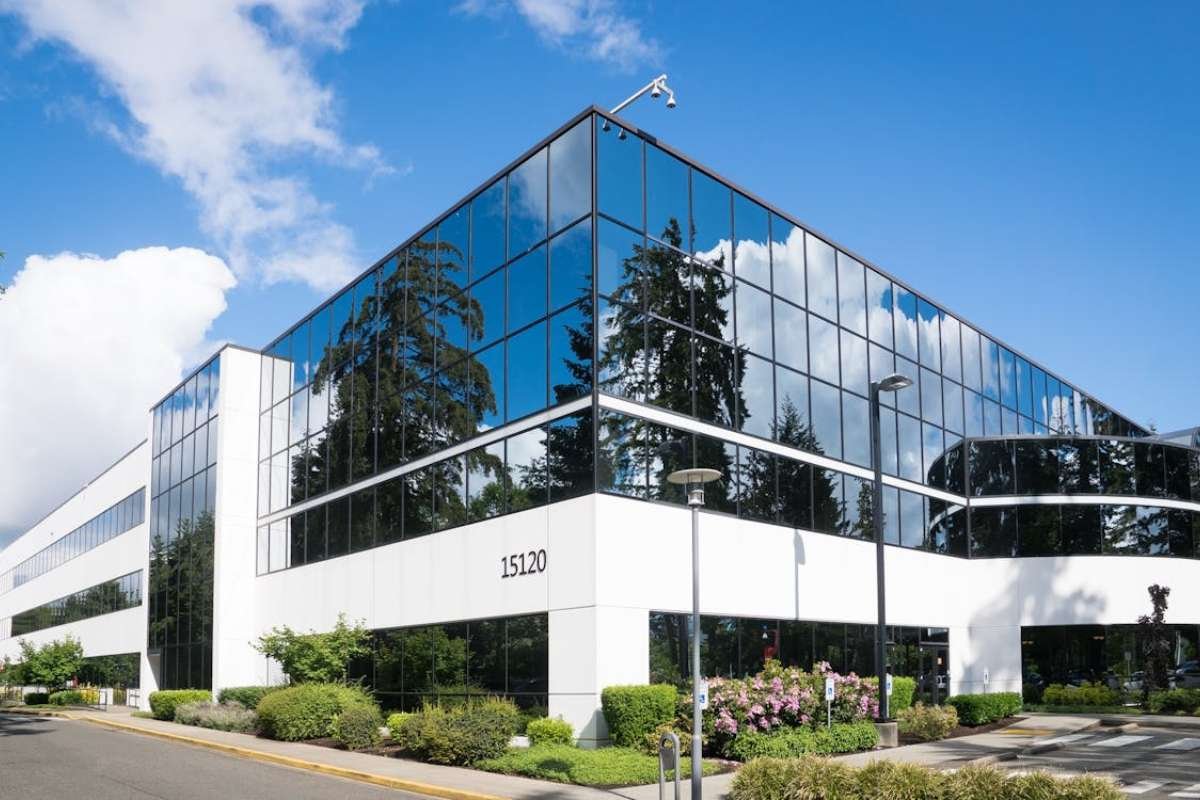Every business dreams about it – that moment when customers are pouring in, the team’s doubling, and revenue graphs finally look more positive than negative. It’s exciting, but the real thing that no one really tells you: fast growth is difficult and comes with lots of stress and confusion, and that’s especially true for IT. And that makes sense because what worked when you had ten people in a shared office will almost definitely fall apart when there’s a hundred. Laptops crash, servers can’t cope, Wi-Fi drops out, and suddenly you’re realising IT scaling isn’t about buying more computers – there’s a lot more to it than that. So keep reading to find out more about the most common IT scaling mistakes.
5 critical IT scaling mistakes you must avoid:
1. Pretending old systems are fine
One of the biggest mistakes people make is thinking the things you already have can just keep stretching. For example, your old in-house server probably can’t handle all the data, and the free software you’ve been using might start crashing all the time (which actually makes it quite expensive when you think about it). The truth is that scaling means upgrading before things break, not after, but lots of founders don’t see it until the problems are already happening.
2. Forgetting about security

When things get busy, security often slides down the list, but growth actually makes you a bigger target because hackers love fast-growing companies because the systems are half-built and people are distracted. So there may not be any multi-factor authentication, weak firewalls will be in place, and staff are likely to click unsafe links because nobody’s trained them yet. So of course, you’ve got to make sure your security’s up to the job right from the start to avoid all those problems.
3. Not having a plan
Another classic error is fixing problems as they come up rather than getting a better system in place. For example, if someone needs a laptop, you buy one, and if the server slows, you find a patch it, or if a new hire asks for access, you cobble something together.
That’s fine for a little while, but at scale it’s chaos, and what actually works is stepping back and asking some important questions like where are we heading? How many staff next year? How much data? What software will still make sense in twelve months? This is where managed IT services can save you because they’ll be able to see things more objectively, and that means proper planning and less panic.
4. Forgetting the human element
It’s easy to talk about servers and software and forget about the people stuck using them, but your employees notice when systems are clunky, and that’s an issue because in the end frustrated staff leave. Smooth IT makes people’s lives easier, and in a fast-growing company, that matters just as much as sales numbers.
5. It’s cheaper to get it right early

Fixing IT scaling mistakes later costs more. For example, that cheap, slow network setup will be twice as expensive to rebuild, and the security hole could mean fines, lawsuits, or worse. The longer you leave IT scaling on the back burner, the bigger the problems will be when you finally turn around to get things done, so investing early means less downtime and a company that feels it’s going to not only work now, but in the future too.









